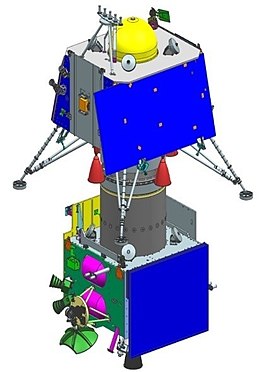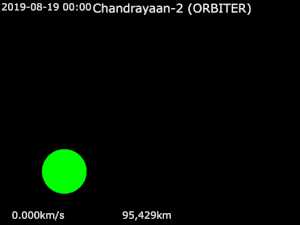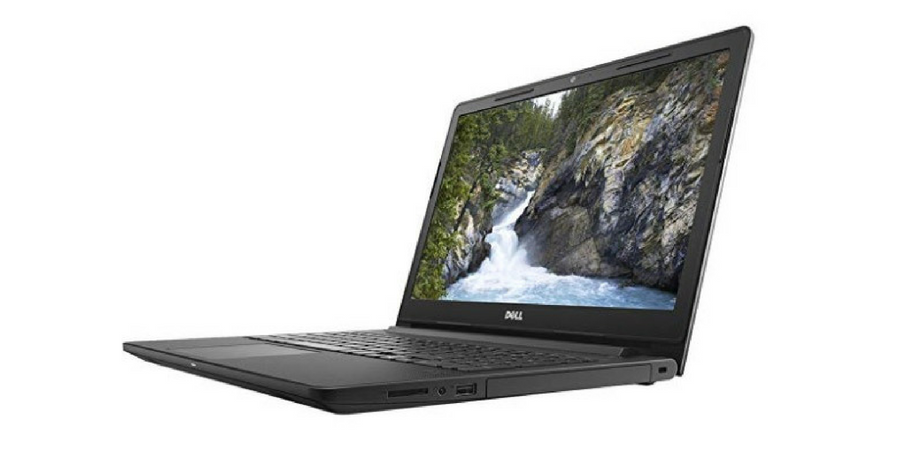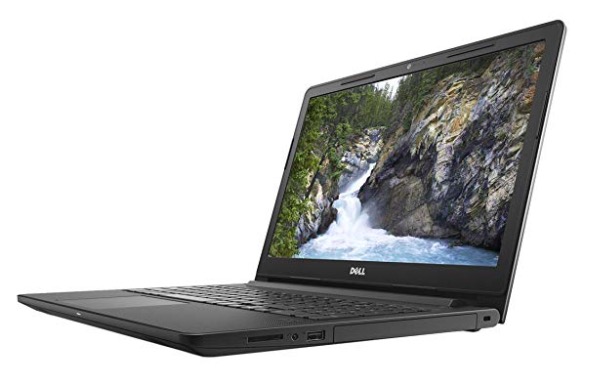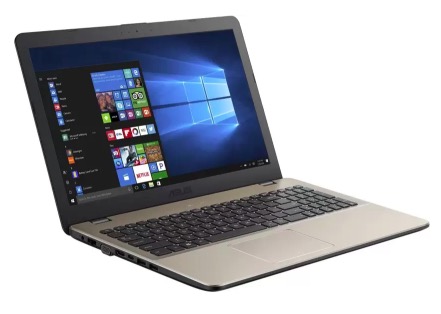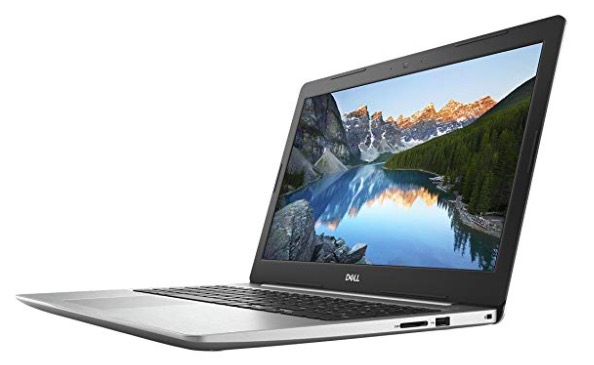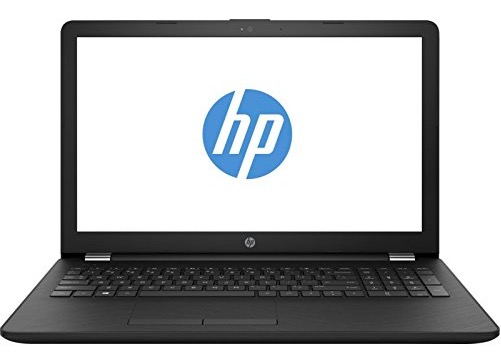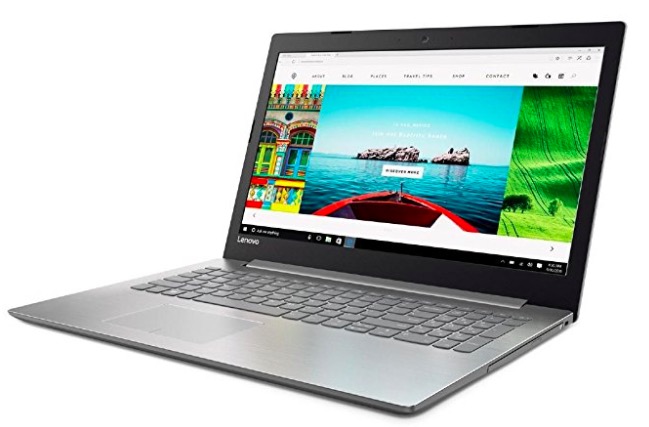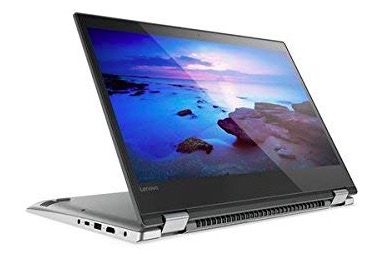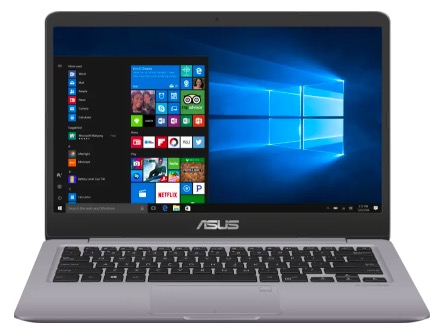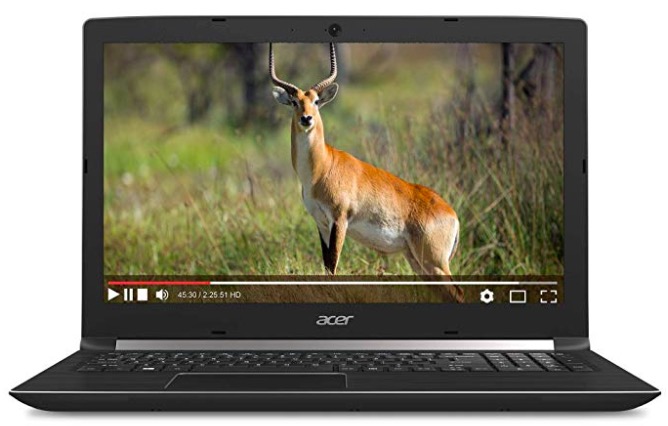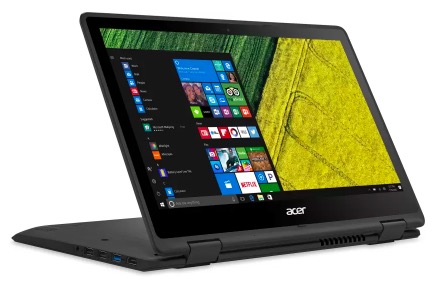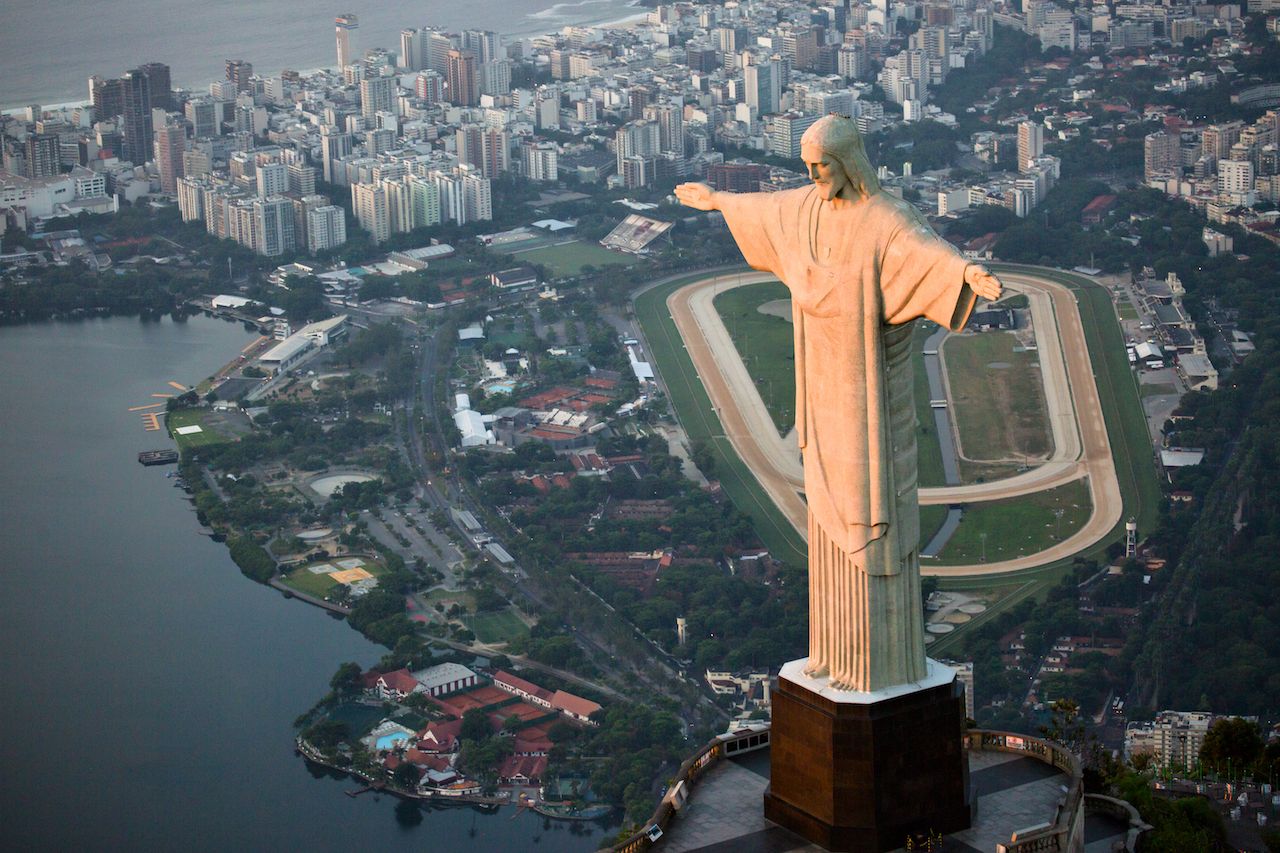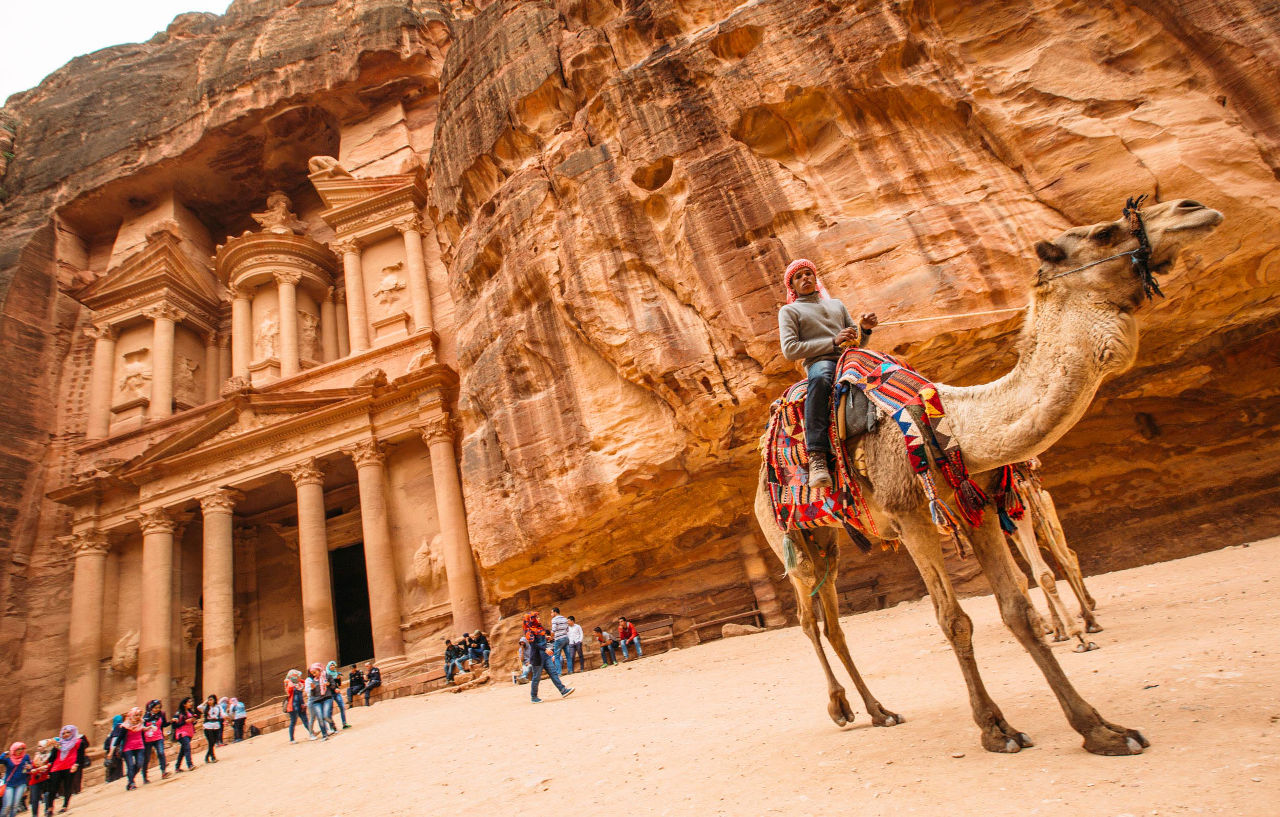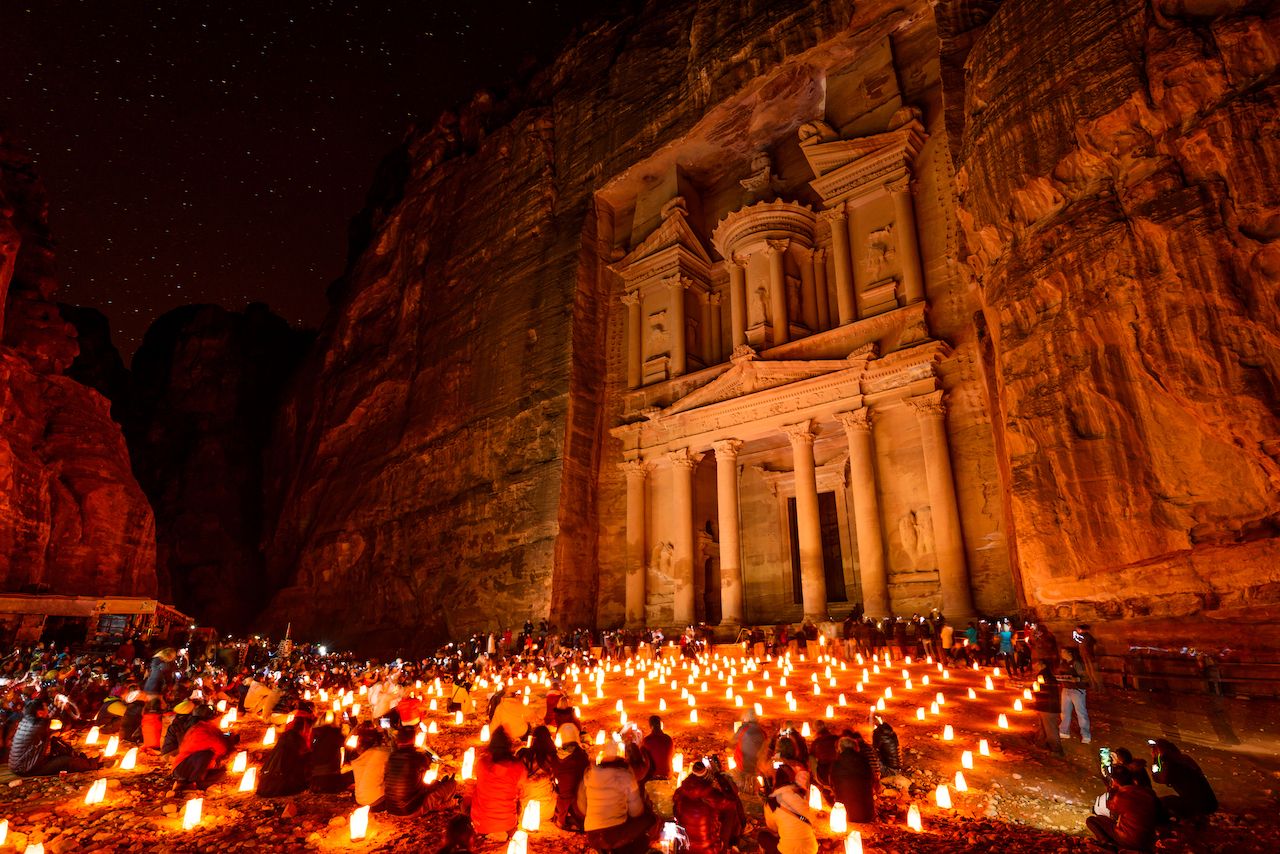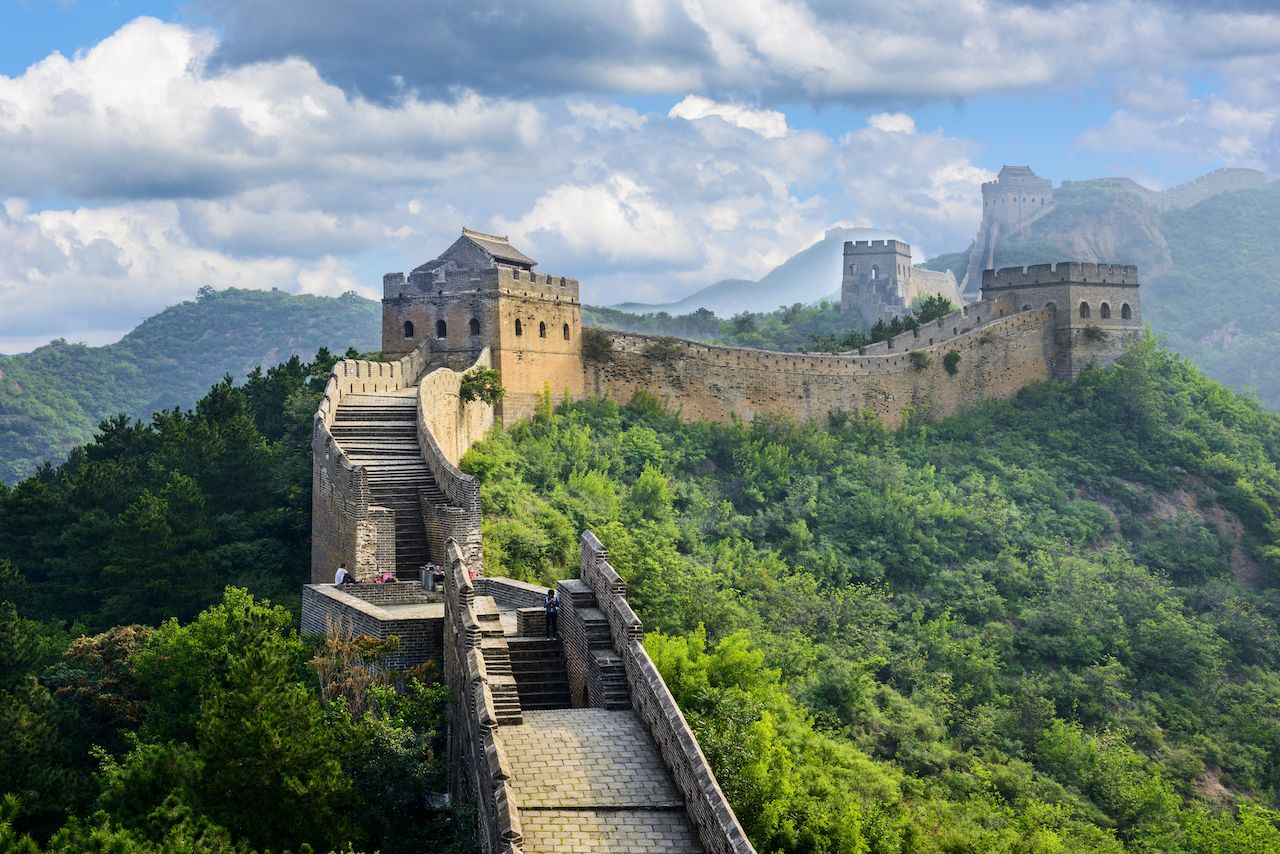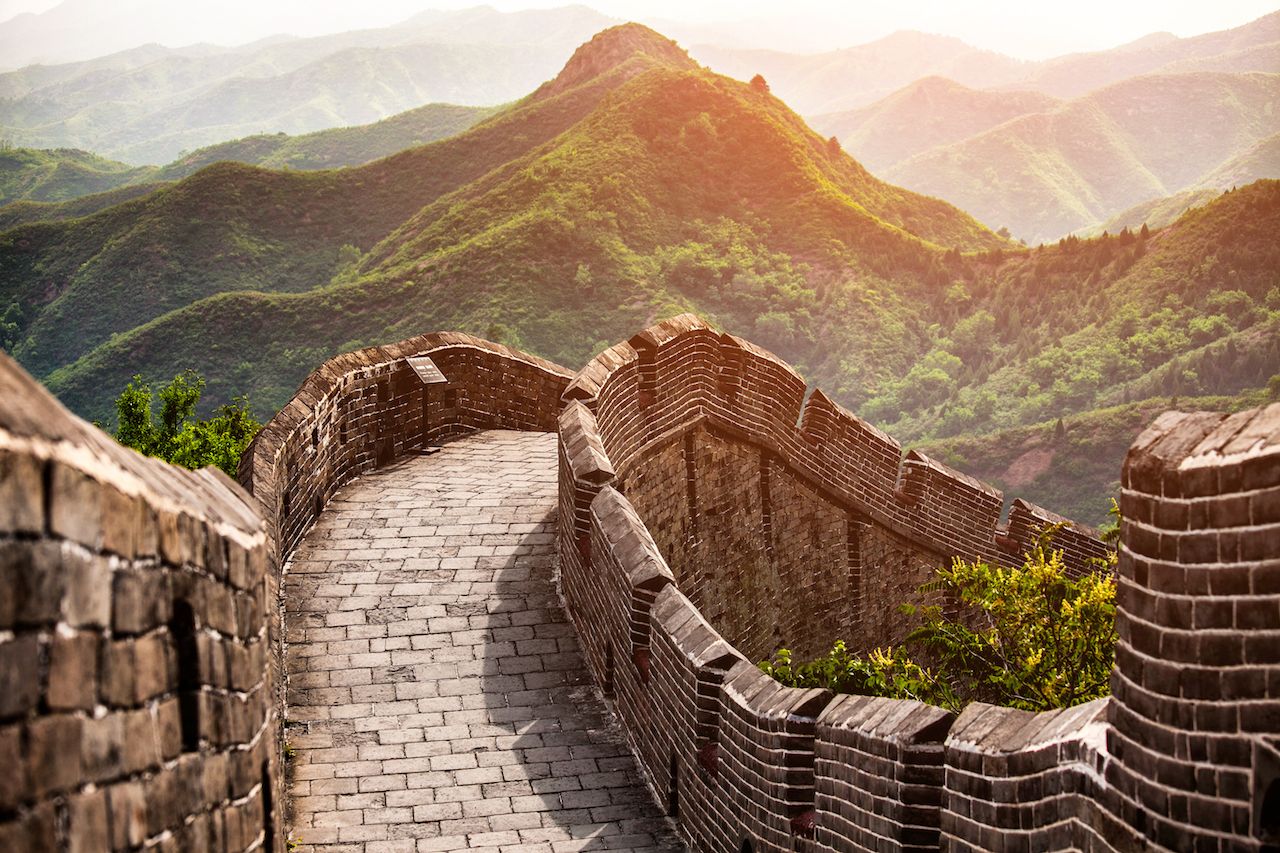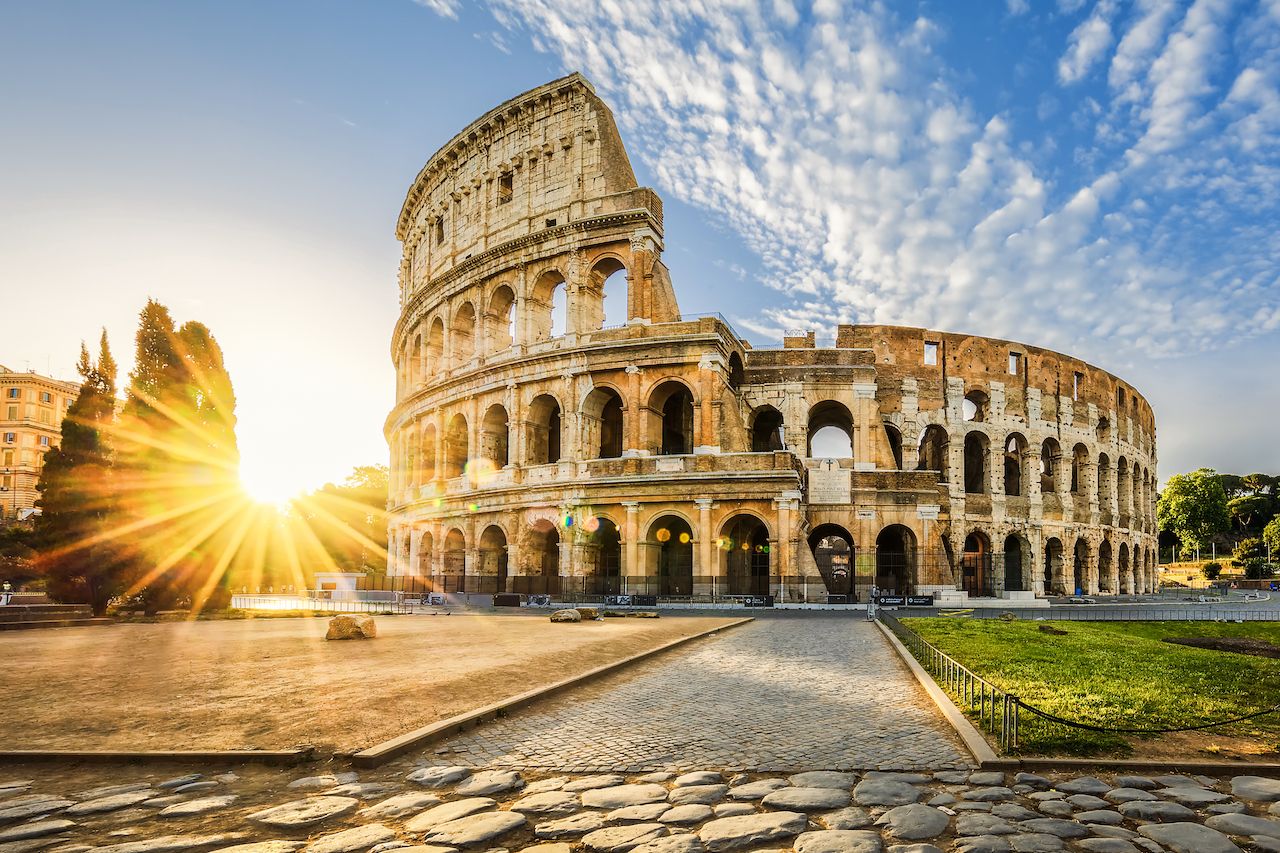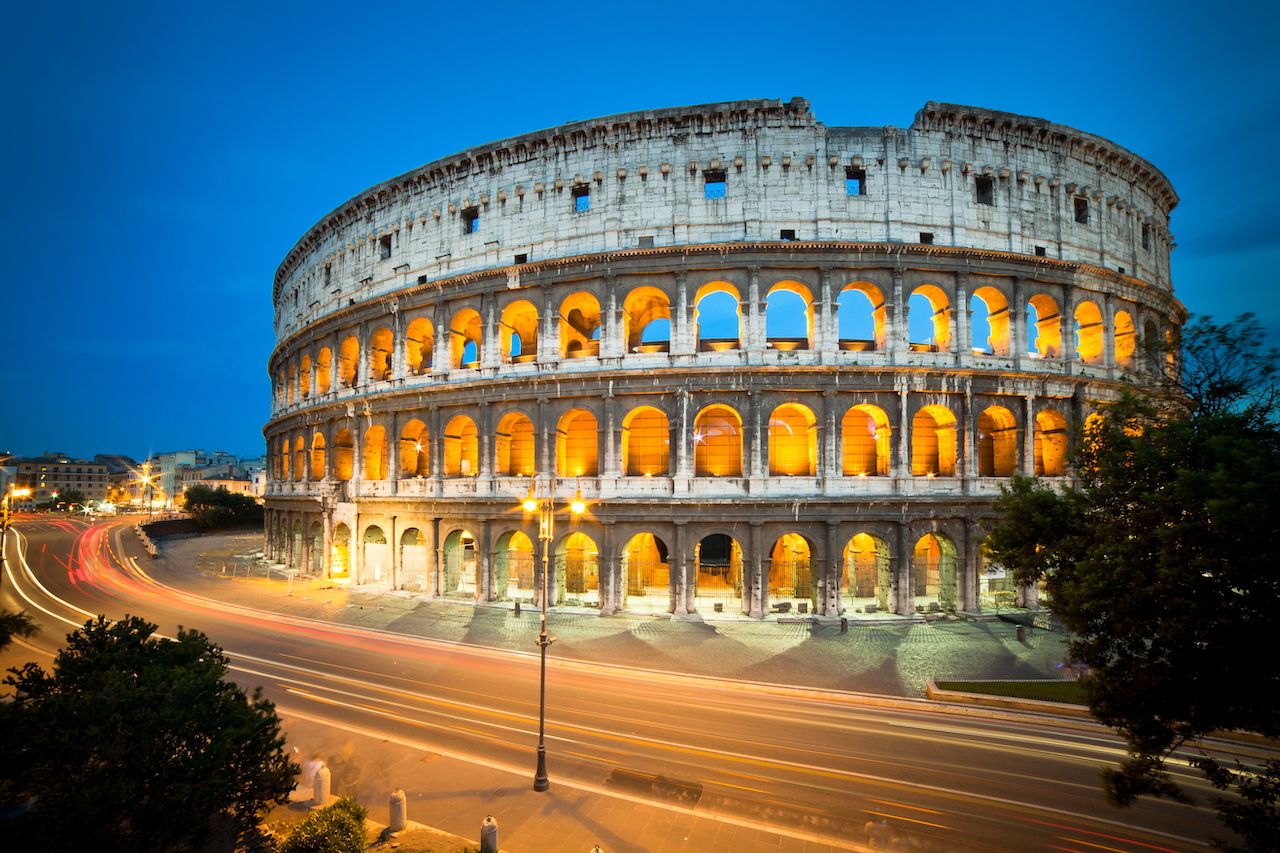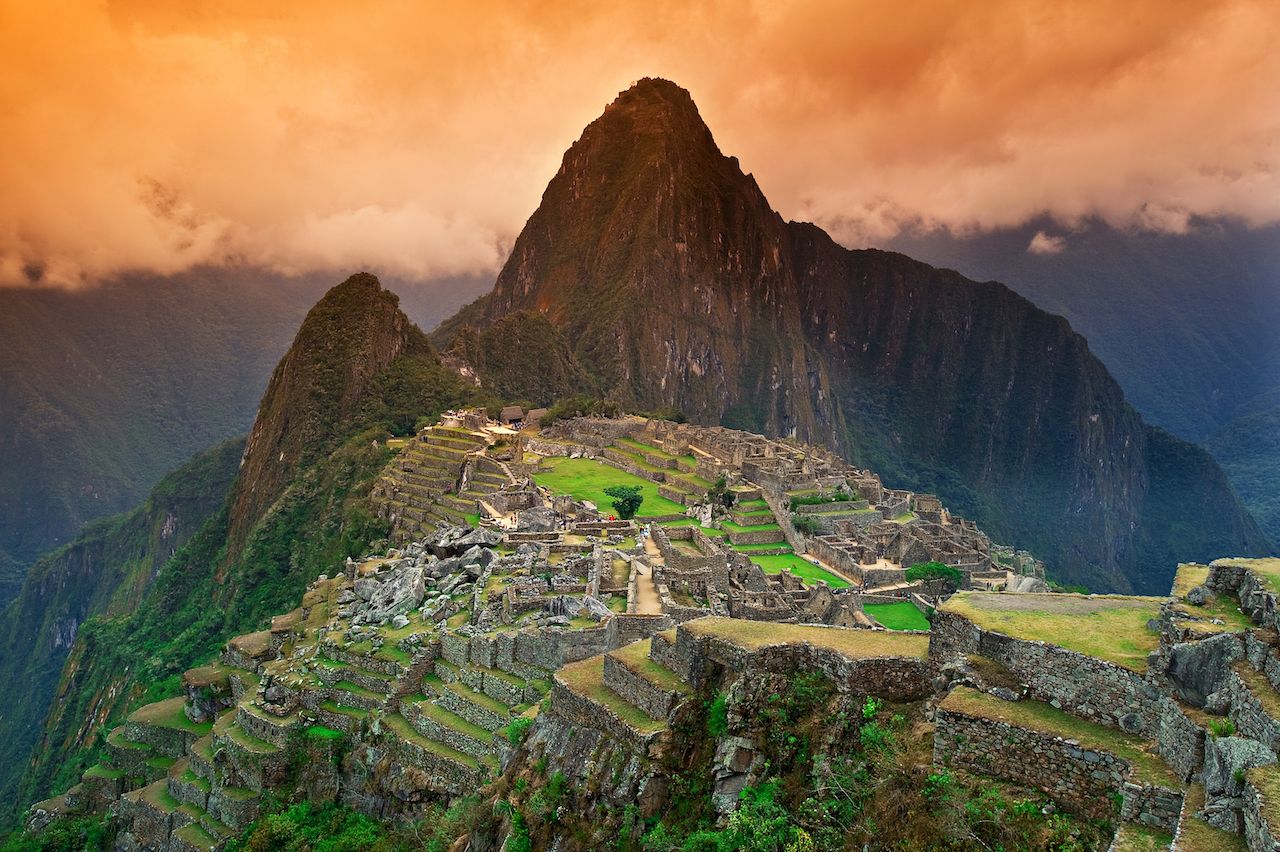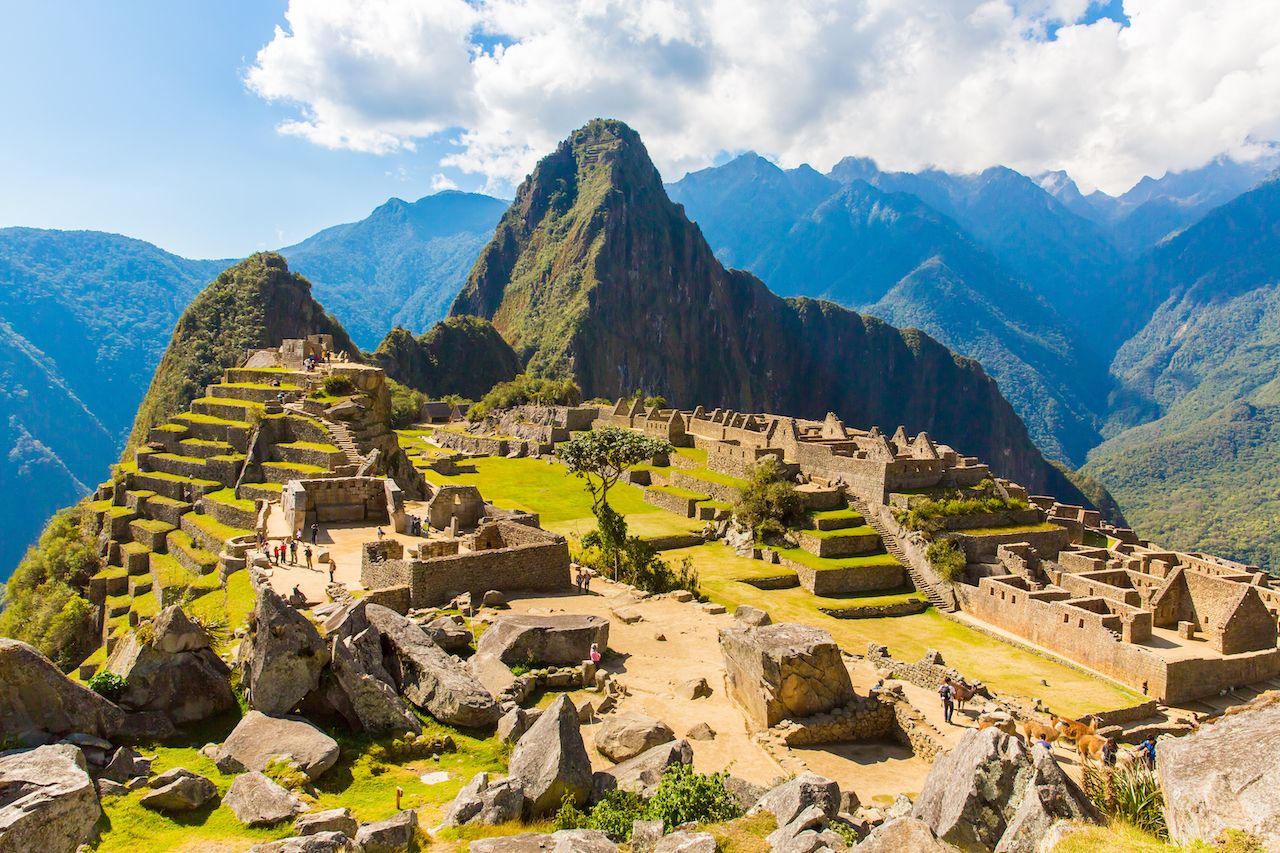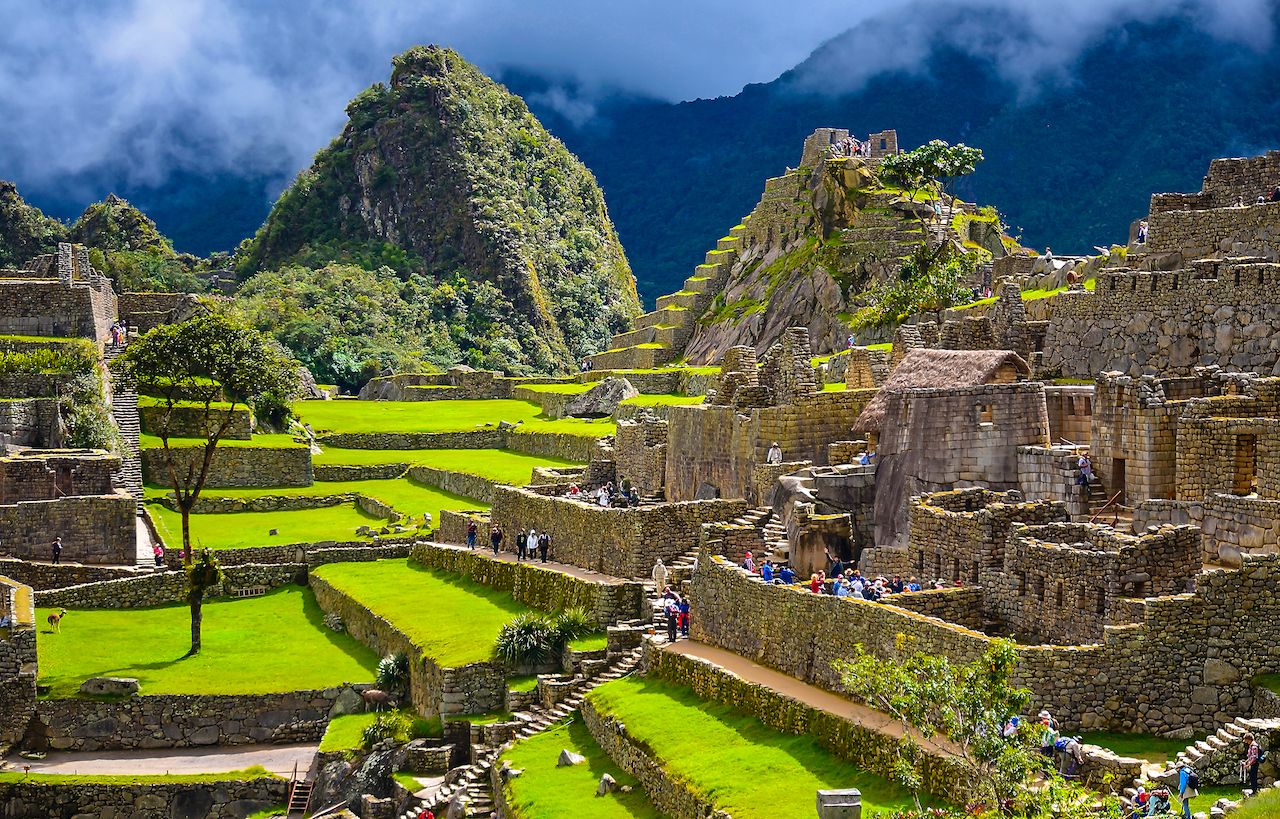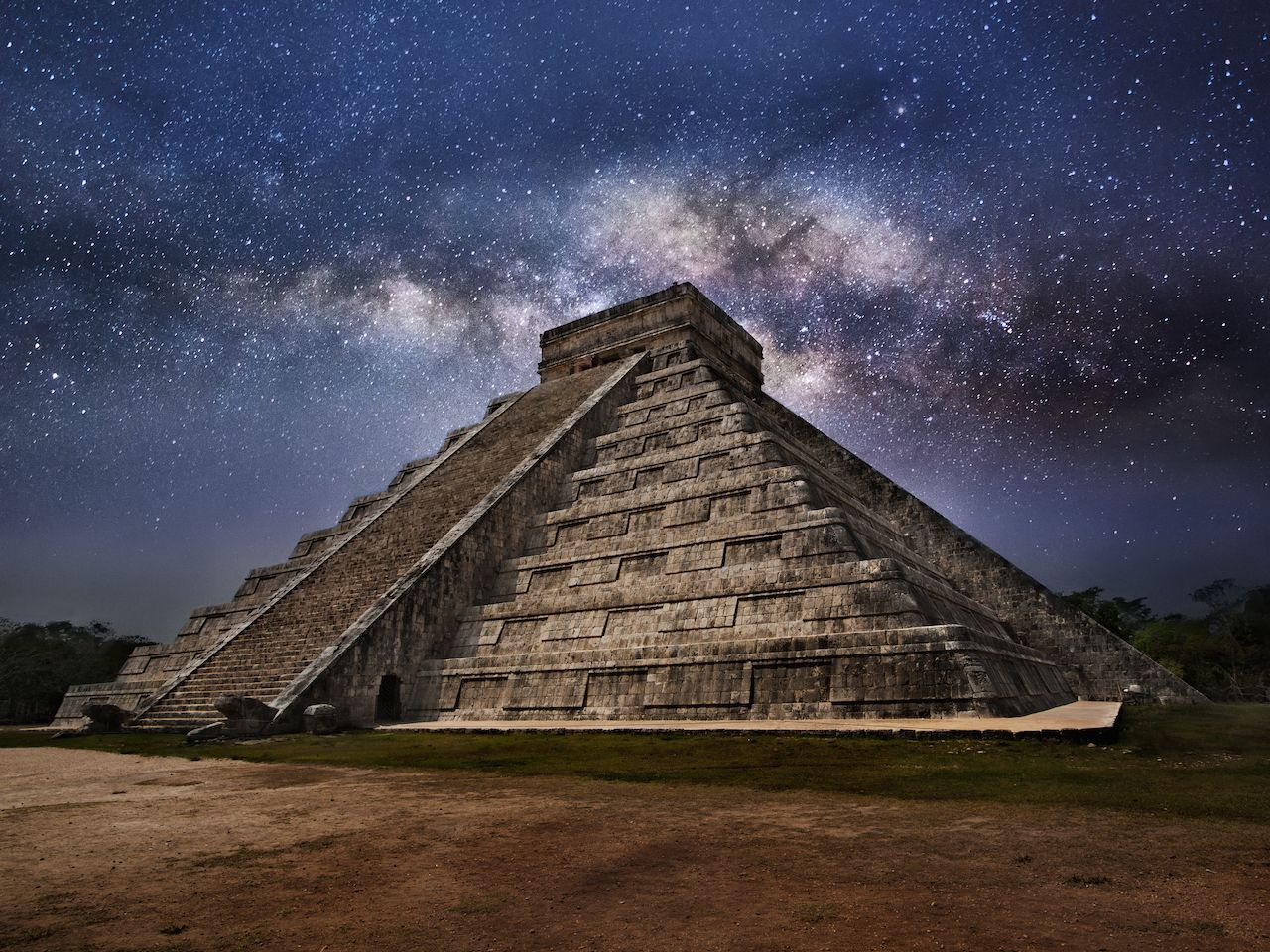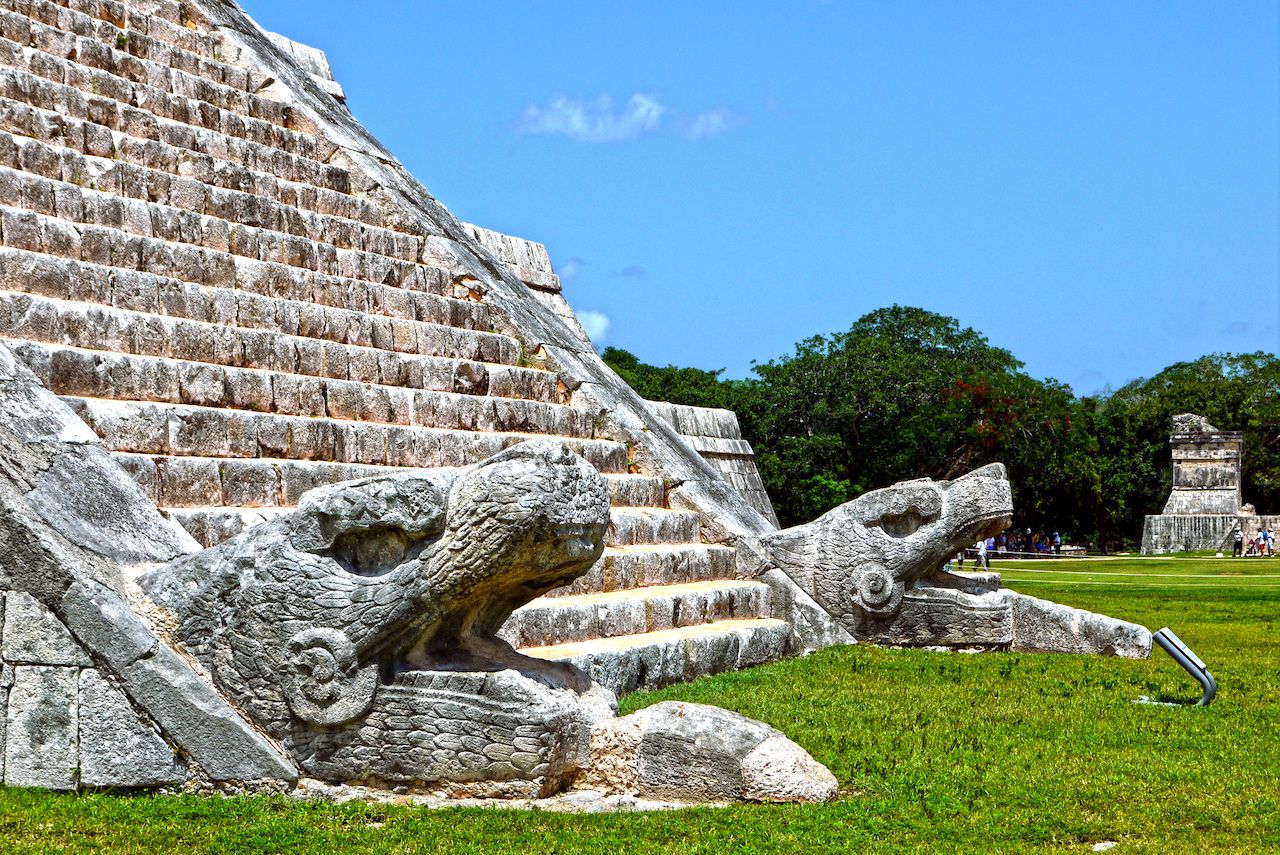Chandrayaan-2
Chandrayaan-2 lit: Moon-craft is India's second lunar exploration mission after Chandrayaan-1. Developed by the Indian Space Research Organisation (ISRO),the mission was launched from the second launch pad at Satish Dhawan Space Centre on 22 July 2019 at 2.43 PM IST (09:13 UTC) to the Moon by a Geosynchronous Satellite Launch Vehicle Mark III (GSLV Mk III). The planned orbit has a perigee of 170 km and an apogee of 45475 km. It consists of a lunar orbiter, a lander, and a lunar rover named Pragyan, all developed in India. The main scientific objective is to map the location and abundance of lunar water.
The lander and the rover will land near the lunar south pole region in a high plain between two craters, Manzinus C and Simpelius N, at a latitude of about 70° south on 7 September, 2019. The wheeled Pragyan rover will move on the lunar surface and will perform on-site chemical analysis for a period of 14 days (one lunar day). It can relay data to Earth through the Chandrayaan-2 orbiter and lander, which were launched together on the same rocket. The orbiter will perform its mission for one year in a circularized lunar polar orbit of 100 × 100 km.
Launch of Chandrayaan-2 was originally scheduled for 14 July 2019 at 21:21 UTC (15 July 2019 2:51 IST) but was called off due to a technical snag noticed while filling the cryogenic engine of the rocket with helium at around one hour before launch. The launch countdown for launch was freezed at T minus 56 minutes (56 minutes and 24 seconds before launch). It was launched on 22 July 2019 14:43 IST (09:13 UTC) from the Satish Dhawan Space Centre at Sriharikota in Nellore district of Andhra Pradesh.
A successful landing would make India the fourth country to achieve a soft landing on the Moon, after the space agencies of the USSR, US and China. If successful, Chandrayaan-2 will be the southernmost lunar landing, aiming to land at 67°S or 70°S latitude.Chandrayaan-2
India's second lunar exploration mission after Chandrayaan-1. Developed by the Indian Space Research Organisation (ISRO), the mission was launched from the second launch pad at Satish Dhawan Space Centre on 22 July 2019 at 2.43 PM IST (09:13 UTC) to the Moon by a Geosynchronous Satellite Launch Vehicle Mark III (GSLV Mk III). The planned orbit has a perigee of 170 km and an apogee of 45475 km. It consists of a lunar orbiter, a lander, and a lunar rover named Pragyan, all developed in India.[20] The main scientific objective is to map the location and abundance of lunar water.
The lander and the rover will land near the lunar south pole region in a high plain between two craters, Manzinus C and Simpelius N, at a latitude of about 70° south on 7 September, 2019. The wheeled Pragyan rover will move on the lunar surface and will perform on-site chemical analysis for a period of 14 days (one lunar day). It can relay data to Earth through the Chandrayaan-2 orbiter and lander, which were launched together on the same rocket. The orbiter will perform its mission for one year in a circularized lunar polar orbit of 100 × 100 km.
Launch of Chandrayaan-2 was originally scheduled for 14 July 2019 at 21:21 UTC (15 July 2019 2:51 IST) but was called off due to a technical snag noticed while filling the cryogenic engine of the rocket with helium at around one hour before launch. The launch countdown for launch was freezed at T minus 56 minutes (56 minutes and 24 seconds before launch). It was launched on 22 July 2019 14:43 IST (09:13 UTC) from the Satish Dhwan Space Centre at Sriharikotra in Nellore district of Andhra Pradesh.
A successful landing would make India the fourth country to achieve a soft landing on moon, after the space agencies of the USSR, US and China.[ If successful, Chandrayaan-2 will be the southernmost lunar landing, aiming to land at 67°S or 70°S latitude.
Orbiter
The orbiter will orbit the Moon at an altitude of 100 km (62 mi). The orbiter carries five scientific instruments. Three of them are new, while two others are improved versions of those flown on Chandrayaan-1. The approximate launch mass was 2,379 kg (5,245 lb). The Orbiter High Resolution Camera (OHRC) will conduct high-resolution observations of the landing site prior to separation of the lander from the orbiter. The orbiter's structure was manufactured by Hindustan Aeronautics Limited and delivered to ISRO Satellite Centre on 22 June 2015.
- Dimensions: 3.2 × 5.8 × 2.2 m
- Gross lift-off mass: 2,379 kg (5,245 lb)
- Propellant mass: 1,697 kg (3,741 lb)
- Dry mass: 682 kg (1,504 lb)
- Mission life: 1 year in lunar orbit
- Power generation capacity: 1000 W
Pragyan rover
The mission's rover is called Pragyan The rover's mass is about 27 kg (60 lb) and will operate on solar power. The rover will move on 6 wheels traversing 500 meters on the lunar surface at the rate of 1 cm per second, performing on-site chemical analysis and sending the data to the lander, which will relay it to the Earth station. For navigation, the rover uses:
- Stereoscopic camera-based 3D vision: two 1 megapixel, monochromatic NAVCAMs in front of the rover will provide the ground control team a 3D view of the surrounding terrain, and help in path-planning by generating a digital elevation model of the terrain. IIT Kanpurcontributed to the development of the subsystems for light-based map generation and motion planning for the rover.
- Control and motor dynamics: the rover has a rocker-bogie suspension system and six wheels, each driven by independent brushless DC electric motors. Steering is accomplished by differential speed of the wheels or skid steering.
The expected operating time of Pragyan rover is one lunar day or around 14 Earth days as its electronics are not expected to endure the frigid lunar night. However, its power system has a solar-powered sleep/wake-up cycle implemented, which could result in longer service time than planned.
- Dimensions: 0.9 × 0.75 × 0.85 m
- Power: 50 W
- Travel speed: 1 cm/sec.
Payload
ISRO selected eight scientific instruments for the orbiter, four for the lander,[80][2][81] and two for the rover. While it was initially reported that NASA and ESA would participate in the mission by providing some scientific instruments for the orbiter,ISRO in 2010 had clarified that due to weight restrictions it will not be carrying foreign payloads on this mission. However, in an update just a month before launch, a small laser retroreflector from NASA was added to the lander's payload to help scientists measure exact distances to the Moon and lunar libration.
